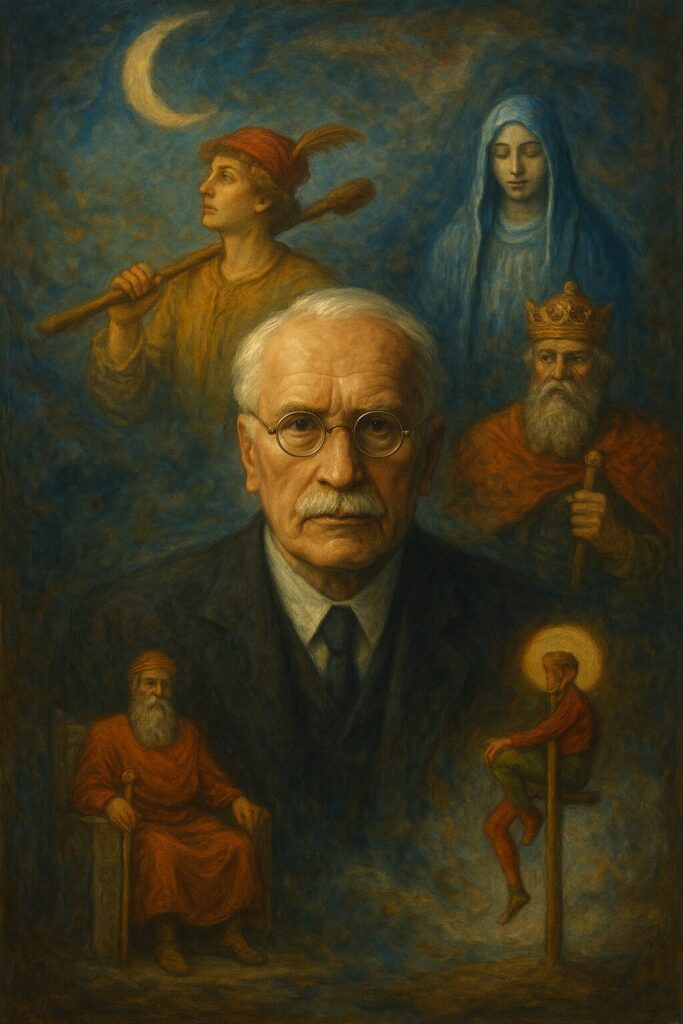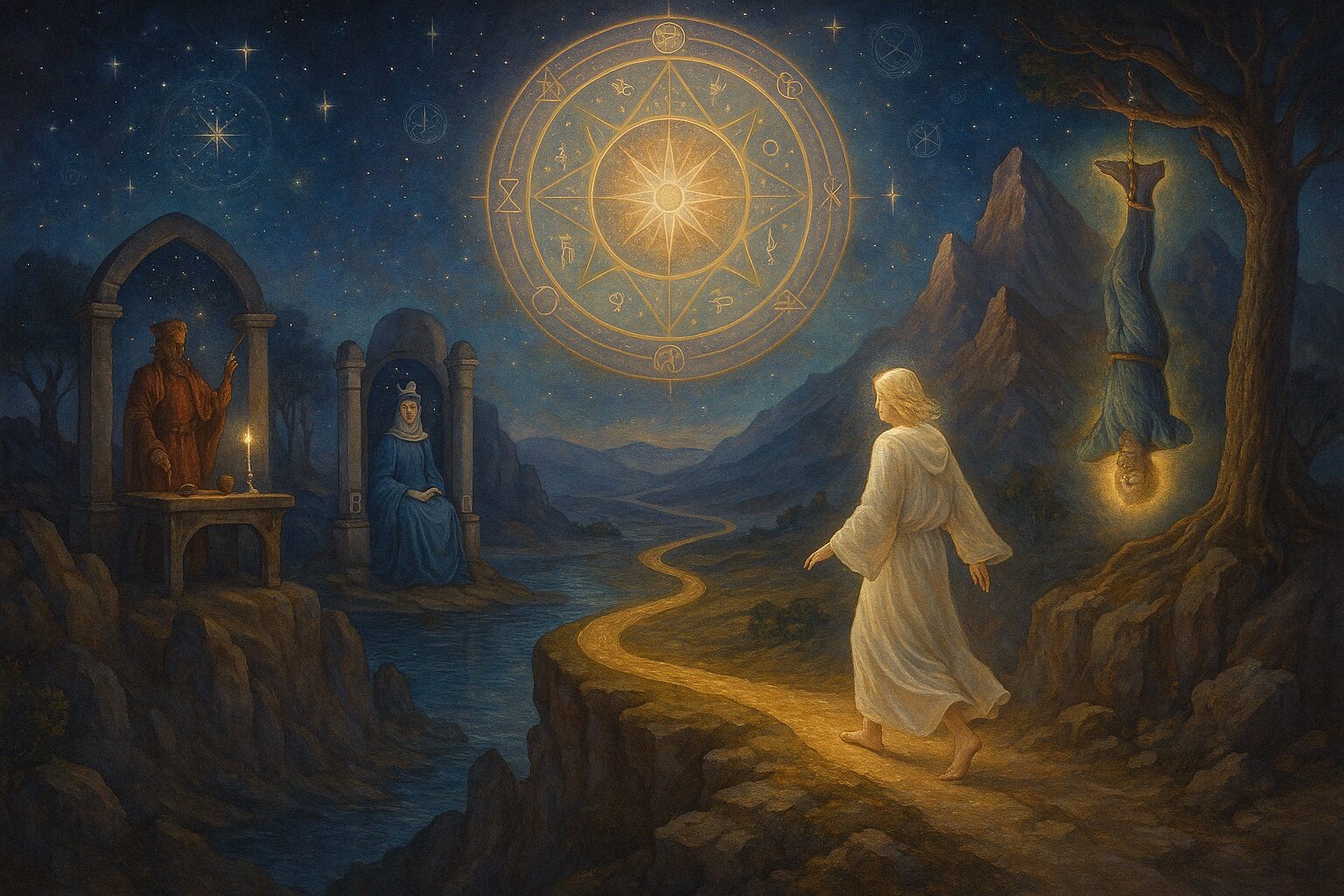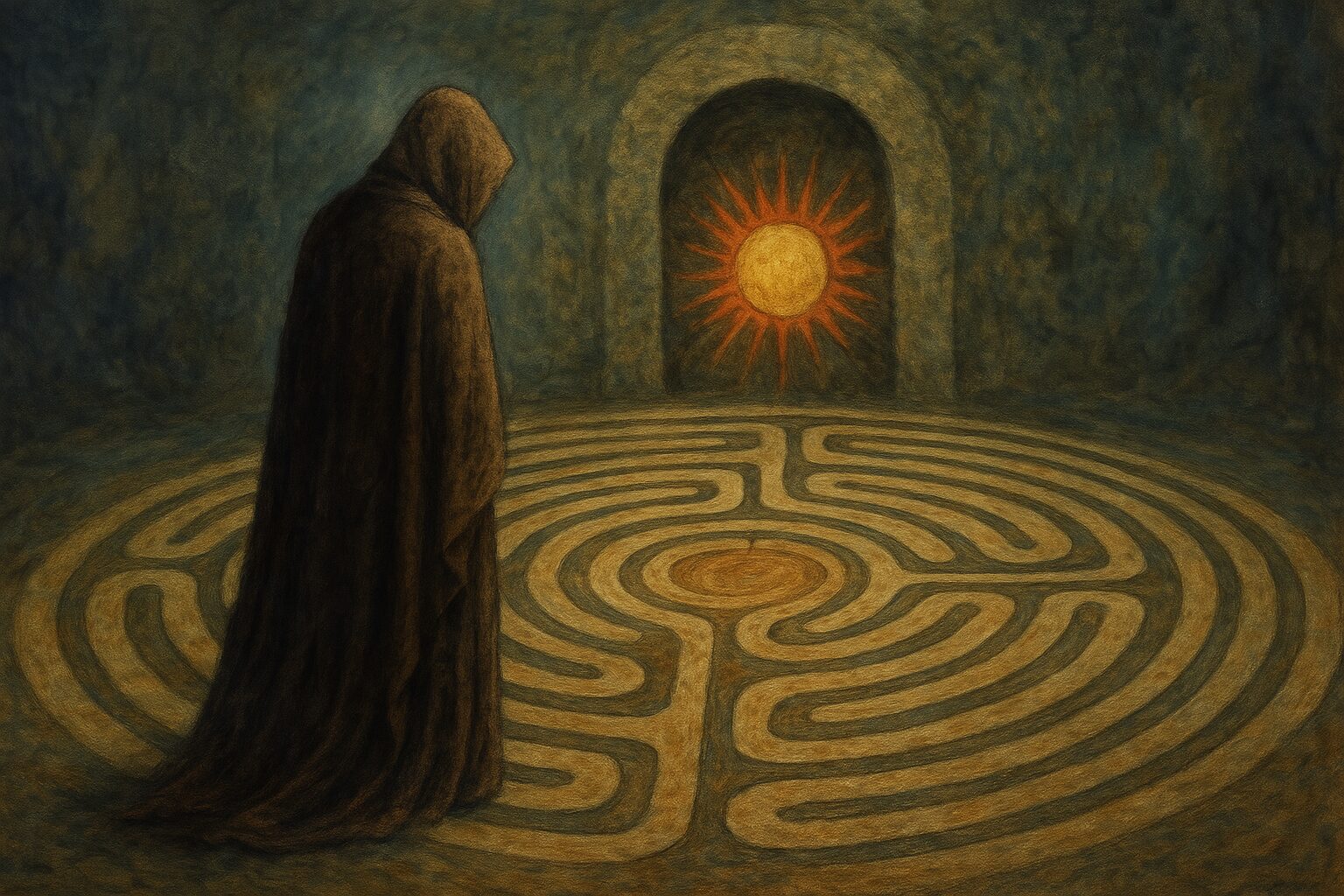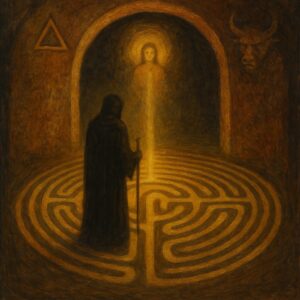“The Tarot is a mirror of the soul, reflecting the journey of spiritual evolution.”
— Arthur Edward Waite
The Tarot is often seen as a divinatory tool, used to predict the future or provide guidance. However, on a deeper level, the Tarot is a profound spiritual map that reflects the stages of human development, both psychologically and spiritually. Each card, especially the Major Arcana, represents an archetype—a universal symbol of the human experience that transcends time and culture. The Tarot, in this way, is not just a fortune-telling device but a psychological and spiritual tool that allows us to explore the hidden depths of our unconscious mind.
The journey through the Tarot is often likened to a pilgrimage, with the querent traveling from one card to the next, each step an initiation into greater self-awareness. The Tarot’s symbolism, deeply rooted in esoteric traditions, draws from ancient mystical systems like Hermeticism, Kabbalah, and Gnosticism, revealing the interconnectedness of the inner world and the cosmos. By examining the cards through the lens of these spiritual and philosophical traditions, we uncover not only the journey of the soul but also the psychological and emotional challenges one must face on the path to enlightenment.
The Fool’s Journey: A Metaphor for the Soul’s Evolution
At the heart of the Tarot lies the story of the Fool’s Journey. The Fool, number zero in the Major Arcana, represents the beginning of all things—the uncharted potential of the soul before it embarks on its journey through life. The Fool’s leap of faith represents the moment of initiation, where the soul chooses to step into the unknown, leaving behind the comfort of the known world. This card is symbolic of the soul’s innocence and purity before the trials and tribulations of life take shape.
As the Fool progresses through the cards, he encounters various archetypes, each one representing an aspect of the self that needs to be integrated for spiritual growth. The journey is not linear but cyclical, reflecting the process of individuation as described by Carl Jung. Jung believed that the journey of the soul was a process of reconciling opposites—conscious and unconscious, masculine and feminine, light and dark—and integrating them into a cohesive whole. The Tarot’s Major Arcana is a representation of this inner work, each card a necessary step on the path to self-actualization.
Key Archetypes in the Fool’s Journey
1. The Magician: Manifestation and Willpower
- The first major card the Fool encounters is The Magician.
- This card represents the power of will and manifestation—the ability to bring ideas into reality.
- In Jungian terms, this represents the integration of the conscious mind and the creative forces of the unconscious.
- The Magician is the archetype of the self-empowered individual who understands the principles of transformation and has the tools to make his will manifest in the world.
The Fool’s encounter with the Magician teaches him to focus his will, use his resources, and direct his energies toward specific goals. This marks the beginning of the soul’s self-discovery, as the individual becomes aware of their personal power and potential.
2. The High Priestess: Intuition and Inner Wisdom
- The next major archetype the Fool meets is The High Priestess, symbolizing intuition, inner wisdom, and the mysteries of the unconscious mind.
- This card represents the archetype of the feminine, the receptive, and the intuitive. It teaches the Fool to listen to the inner voice and trust in the guidance of the unconscious.
The High Priestess can be seen as representing the anima, or the feminine aspect of the psyche, in Jungian psychology. She offers a lesson in patience, in trusting that the answers we seek are not always found through rational thought but through a deeper, intuitive connection to the mysteries of existence. This card encourages the seeker to look inward and connect with the sacred knowledge that lies within.
3. The Emperor: Authority and Structure
- The Emperor represents the archetype of authority, structure, and discipline. He embodies the energy of the masculine principle—active, assertive, and focused on establishing order and control in the external world.
- As the Fool encounters the Emperor, he learns the importance of boundaries, leadership, and the necessity of structure in both the material world and the psyche.
In Jungian terms, the Emperor represents the animus, the masculine aspect of the unconscious. He teaches the Fool how to assert himself in the world, balancing the intuitive wisdom of the High Priestess with the active, goal-oriented energy of the Emperor.
4. The Hanged Man: Surrender and Transformation
- As the Fool moves deeper into his journey, he encounters The Hanged Man, a card that symbolizes surrender, letting go, and the need for perspective shift.
- The Hanged Man teaches the Fool to stop resisting the flow of life and to embrace the necessary sacrifices that come with personal growth.
This card represents the archetype of the martyr, someone who is willing to undergo temporary suffering for the sake of greater spiritual understanding. In the Tarot, The Hanged Man is a crucial stage in the individuation process, where the seeker must face their inner fears, doubts, and limitations and release them in order to move forward on the path to enlightenment.
Tarot as a Psychological Tool: Jung and the Archetypes

The Tarot’s symbolism resonates deeply with the work of Carl Jung, particularly his theory of archetypes. Jung believed that the human psyche contains a collection of universal symbols or archetypes that represent fundamental human experiences. These archetypes exist in the collective unconscious and can be found across cultures and throughout history in myths, legends, and religious traditions.
In his Collected Works, Jung discusses the Self as the central archetype of the psyche, the totality of all aspects of the individual. The Tarot, as a reflection of the soul’s journey, can be seen as a tool for exploring the process of individuation, the integration of unconscious and conscious elements of the psyche into a harmonious whole.
Each card in the Tarot represents an archetype that corresponds to a different aspect of the self. The Major Arcana, with its rich symbolism and imagery, provides a psychological map of the human experience, guiding the seeker through the process of self-discovery and spiritual evolution.
The Tarot as a Map of the Soul’s Evolution
Ultimately, the Tarot offers us a powerful tool for exploring the depths of our own psyche and the path of the soul. Each card is a mirror, reflecting our inner journey and the universal themes that shape our lives. By working with the Tarot, we can gain insight into our unconscious motivations, confront our fears, and unlock the hidden potential within us.
As the Fool progresses through the Tarot, he learns the lessons of the archetypes and moves closer to his ultimate goal: self-actualization and spiritual enlightenment. This journey is not one of linear progress but of cyclical return, where each lesson learned brings the seeker closer to the divine truth at the heart of the universe.
The Tarot is not just a tool for divination but a profound spiritual guide, offering wisdom for those willing to look within and walk the path of transformation.


